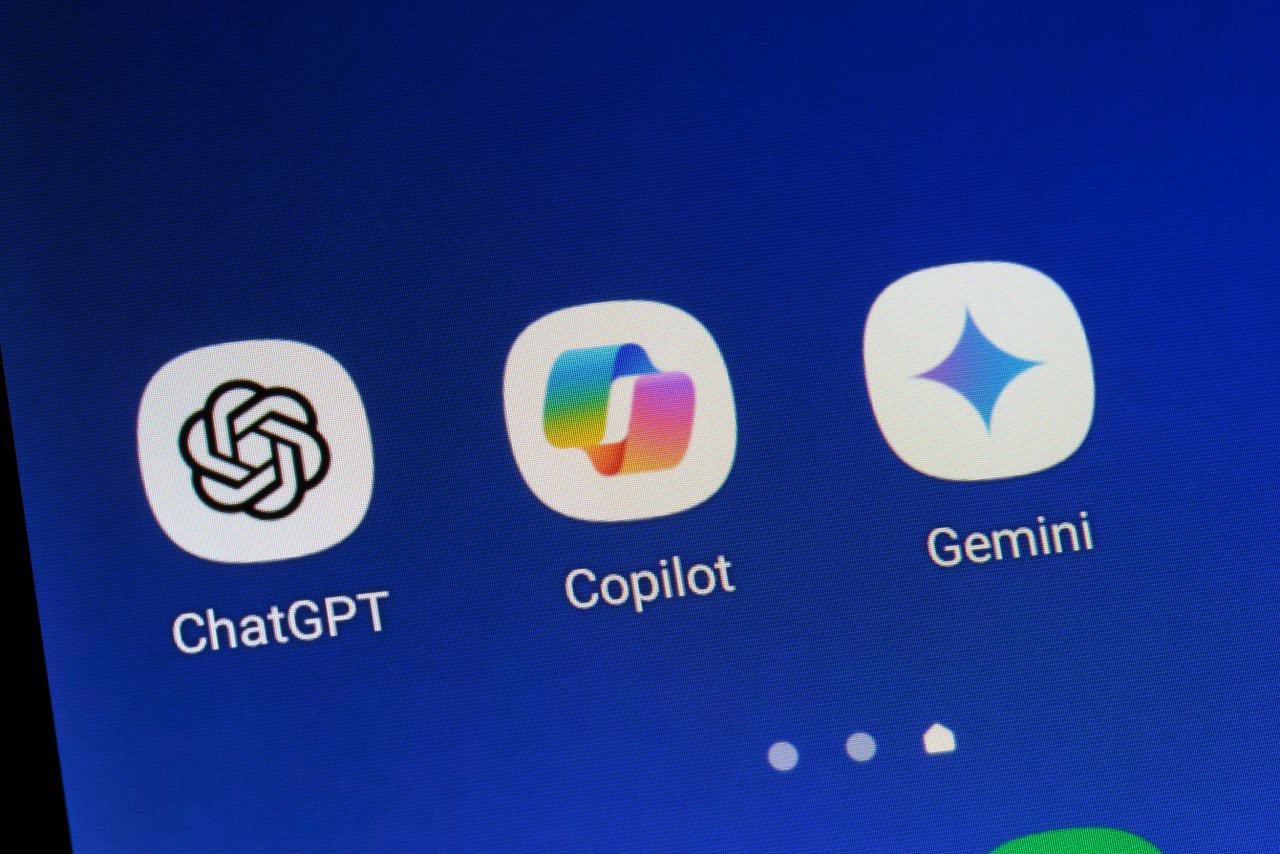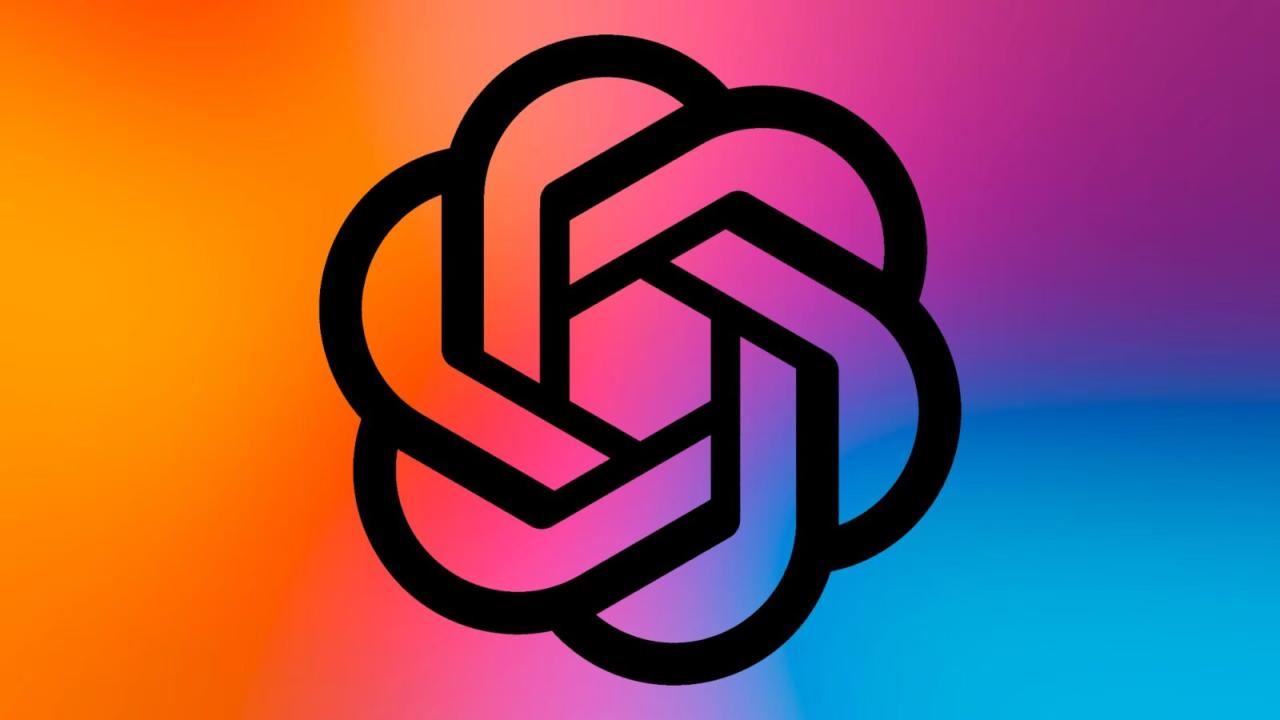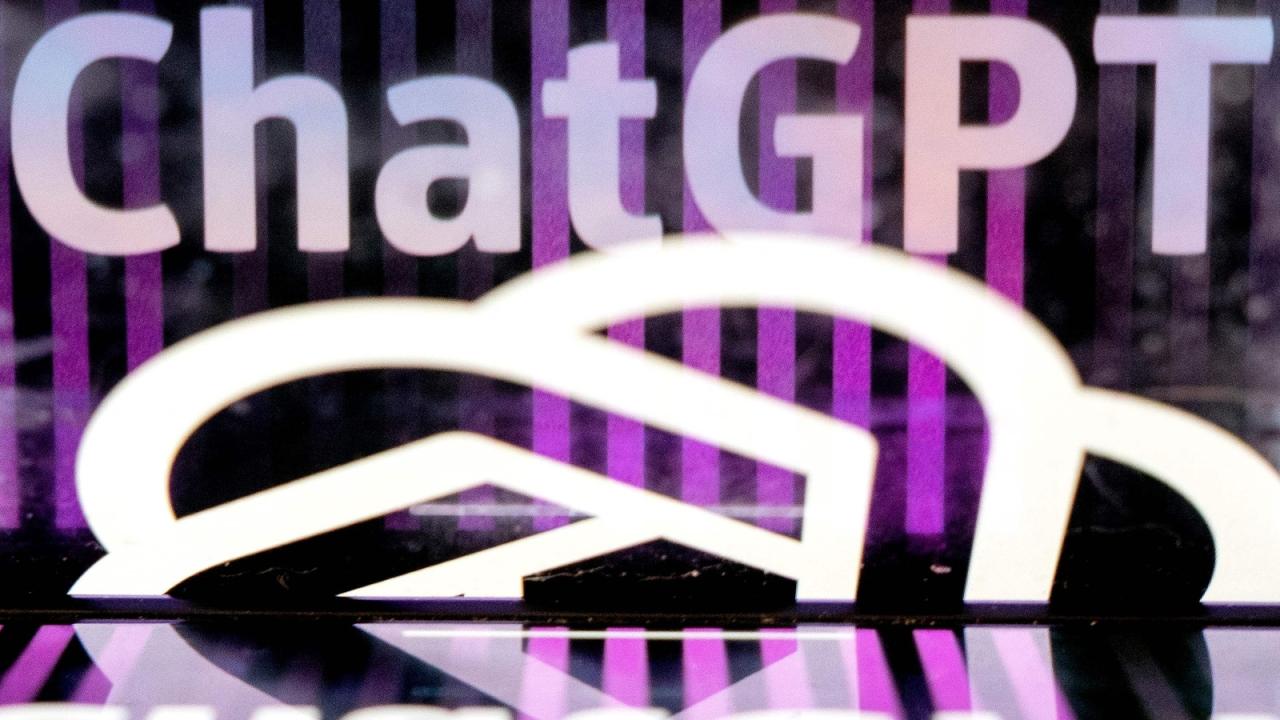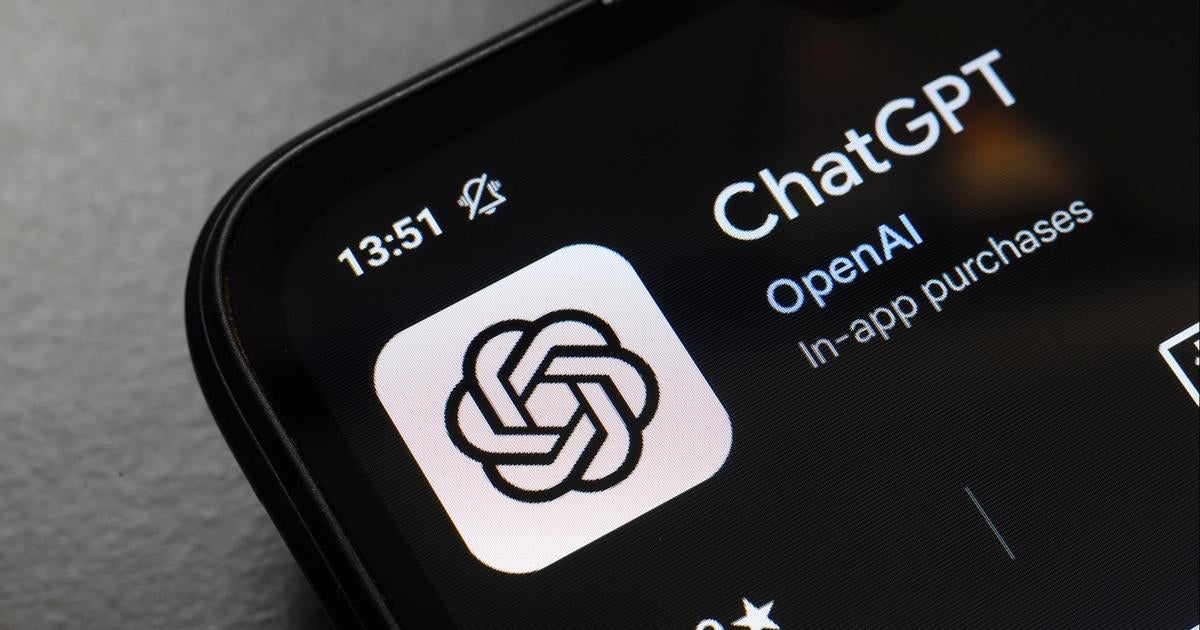Openai chatgpt outage – The recent outage of OpenAI’s Kami has sent shockwaves through the tech industry, leaving users and developers alike scrambling for answers. This in-depth analysis delves into the causes, impact, and lessons learned from this unprecedented event.
Kami’s outage highlights the growing reliance on AI-powered tools and the potential consequences of their disruption.
OpenAI Kami Outage Overview
OpenAI’s Kami experienced an outage on [date]. The outage lasted for several hours, affecting users worldwide. The reasons for the outage are still unknown, but OpenAI has stated that they are investigating the issue.
Impact on Users
The outage had a significant impact on users, who were unable to access Kami’s services. This included users who rely on Kami for work, school, and personal use.
Impact on Applications
The outage also affected applications that integrate with Kami. These applications include chatbots, customer service tools, and educational platforms.
Impact on Users and Applications
The OpenAI Kami outage significantly impacted users and applications that rely on its services. Individuals and businesses alike experienced disruptions, leading to productivity losses and financial consequences.
During the outage, users were unable to access the Kami chatbot, which provides text-based conversations, code generation, and other language-related tasks. This affected users who rely on Kami for customer service, research, writing assistance, and entertainment.
Case Studies and Examples
- Customer Service:Businesses that use Kami to handle customer inquiries faced delays in responding to customers, leading to potential dissatisfaction and lost sales.
- Research:Students and researchers who use Kami to gather information and generate ideas experienced disruptions to their workflow, potentially impacting their productivity and project timelines.
- Writing Assistance:Writers and content creators who rely on Kami for text generation and editing faced delays and interruptions, affecting their ability to meet deadlines and deliver high-quality content.
- Entertainment:Users who use Kami for casual conversations, story generation, and other entertainment purposes experienced a loss of access to their preferred platform.
The financial impact of the outage is difficult to quantify, but it is likely that businesses and individuals experienced productivity losses, missed deadlines, and potential revenue losses as a result of the disruption.
Technical Analysis of the Outage: Openai Chatgpt Outage
The recent outage of OpenAI’s Kami highlighted the need for a thorough technical analysis to understand the underlying causes and identify areas for improvement. This analysis involves examining the architecture and infrastructure of Kami and pinpointing the specific technical issues that led to the disruption.
One of the key factors to consider is the distributed nature of Kami’s infrastructure. The system relies on a vast network of servers to handle the immense volume of user requests. During the outage, a significant portion of these servers experienced technical difficulties, resulting in widespread disruptions.
Infrastructure and Architecture
Kami’s architecture comprises multiple layers, including a frontend for user interaction, a backend for processing requests, and a massive dataset for training and inference. The frontend layer is responsible for receiving user queries and relaying them to the backend. The backend layer then processes the queries using machine learning models trained on the dataset.
The dataset, consisting of text and code from various sources, provides the knowledge base for Kami’s responses.
During the outage, the backend layer encountered technical issues that hindered its ability to process user requests. Specifically, there were problems with the communication between different components of the backend, leading to delays and errors in response generation.
Potential Areas for Improvement
To prevent future outages, OpenAI can focus on several areas for improvement. One is enhancing the resilience of the backend infrastructure by implementing redundant systems and improving error handling mechanisms. Additionally, optimizing the communication between different components of the backend can reduce the likelihood of delays and errors.
Another area for improvement is monitoring and alerting. By implementing robust monitoring systems, OpenAI can detect potential issues early on and take proactive measures to prevent outages. This includes monitoring server health, network performance, and resource utilization to identify any anomalies that could lead to disruptions.
Communication and Transparency
OpenAI’s communication during the outage was timely and informative. The company provided regular updates on the status of the outage through its official Twitter account and a dedicated status page.
The updates included information about the cause of the outage, the estimated time of resolution, and any workarounds or mitigations that users could implement. OpenAI also responded promptly to user inquiries and provided additional information as it became available.
Best Practices for Outage Communication
- Provide clear and concise information about the outage, including the cause, impact, and estimated time of resolution.
- Use multiple communication channels to reach users, such as social media, email, and a dedicated status page.
- Update users regularly with the latest information, even if there is no significant change.
- Be responsive to user inquiries and provide additional information as it becomes available.
- Acknowledge the impact of the outage on users and apologize for any inconvenience caused.
Lessons Learned and Future Prevention
The Kami outage highlighted the need for robust infrastructure and proactive measures to prevent future incidents. Key lessons learned include:
Understanding the limitations and vulnerabilities of large language models is crucial. OpenAI should invest in research and development to enhance Kami’s resilience and ability to handle high traffic and diverse user requests.
Architectural Improvements
- Implementing a distributed architecture with multiple servers can improve scalability and reduce the impact of outages on a single server.
- Utilizing load balancing techniques can distribute user requests evenly across multiple servers, preventing overloading and potential failures.
- Implementing caching mechanisms can reduce the load on servers by storing frequently requested data, improving response times and reducing the likelihood of outages.
Infrastructure Enhancements
- Investing in redundant infrastructure, such as backup servers and power supplies, can ensure continuity of service in case of hardware failures or power outages.
- Regular maintenance and updates to software and hardware components can prevent vulnerabilities and improve overall system stability.
- Partnering with reliable cloud service providers can provide access to robust infrastructure and expertise in managing large-scale systems.
Mitigating Future Impact, Openai chatgpt outage
- Implementing proactive monitoring and alerting systems can detect potential issues early on, allowing for prompt intervention and mitigation.
- Establishing clear communication channels with users and stakeholders can ensure timely updates and transparency during outages.
- Providing alternative access methods, such as a static website or email updates, can keep users informed and engaged during outages.
Final Thoughts
The OpenAI Kami outage serves as a wake-up call for businesses and developers to prioritize system resilience and transparent communication during outages. By embracing proactive measures and learning from past incidents, we can mitigate the impact of future disruptions and ensure the continued growth of AI-driven innovation.
FAQ Corner
What caused the OpenAI Kami outage?
The exact cause of the outage is still under investigation, but OpenAI has stated that it was likely due to a combination of factors, including high traffic and infrastructure issues.
How long did the outage last?
The outage lasted for approximately 12 hours, from December 12th to 13th, 2023.
What impact did the outage have on users?
The outage prevented users from accessing Kami’s services, including language generation, translation, and code generation. This disruption affected businesses, researchers, and individuals who rely on Kami for their daily tasks.



